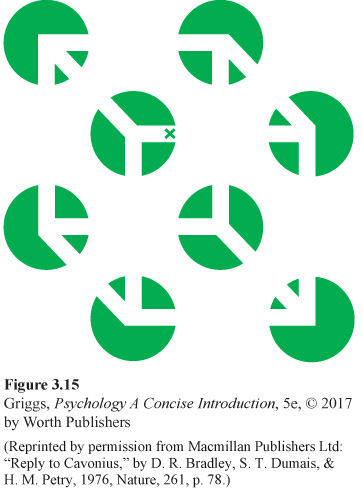
Figure 3.15 | Another Example of an Ambiguous Subjective Contour | This phantom Necker cube is an example of an ambiguous subjective contour. Instead of seeing green circles with white lines inside them, you see a cube, seemingly floating above the page. The lines between the circles that connect the corners of the cube are nonexistent. The cube also reverses orientation. Focus on the “x,” and it will move from the front edge of the cube to the back. You can also make the subjective segments of the cube vanish by viewing the circles as holes in the page and imagining that you are looking through the holes to see the cube suspended below. The cube below also reverses orientation so there are four different possible interpretations of this seemingly simple stimulus.
(Reprinted by permission from Macmillan Publishers Ltd: “Reply to Cavonius,” by D. R. Bradley, S. T. Dumais, & H. M. Petry, 1976, Nature, 261, p. 78.)
[Leave] [Close]